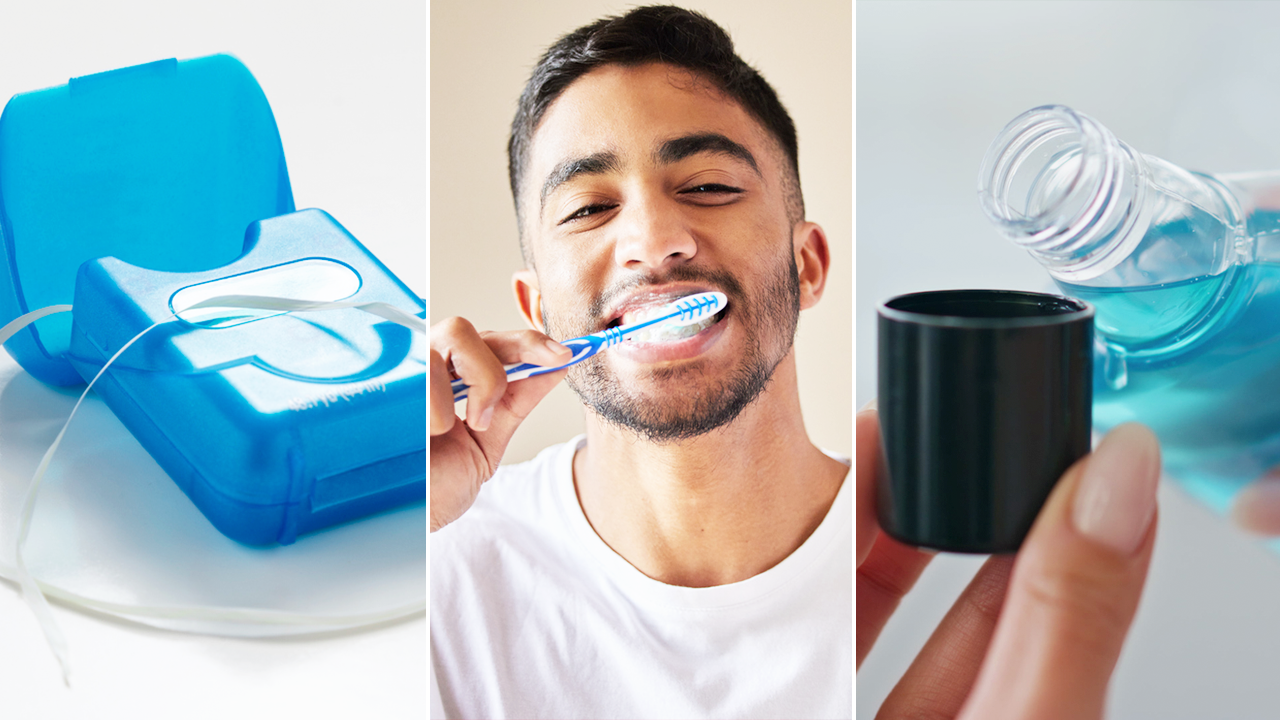Brush, floss, mouthwash: Dentists reveal the correct order

Maintaining good oral hygiene is essential for overall dental health. Your dentist may remind you of the importance of brushing, flossing, and using mouthwash regularly. But have you ever wondered what the right order is for these steps? Dr. Mike Wei, DDS, from New York City, shared his recommended sequence with Fox News Digital.
According to Dr. Wei, the ideal order for oral hygiene is as follows:
1. Floss
2. Brush
3. Mouthwash
Starting with flossing is crucial as it helps to remove food debris and plaque from between the teeth and along the gumline. These are areas that a toothbrush may not effectively reach. By flossing first, you can loosen particles and bacteria, making it easier for the toothbrush and mouthwash to clean the remaining surfaces of your teeth.
Next, brushing with fluoride toothpaste is essential for removing plaque, bacteria, and food particles from the surface of the teeth. Brushing after flossing ensures that any loosened particles are removed, leaving all visible surfaces of the teeth thoroughly cleaned.
Following up with an antimicrobial mouthwash can further kill bacteria and reduce plaque buildup. Mouthwash can also freshen breath and reach areas that brushing and flossing may have missed.
Dr. Ellie Phillips, DDS, an oral health educator based in Austin, Texas, recommends rinsing with salt water or alternative mouthwashes before brushing. This can act as a cleanser for the teeth, removing acidity from food and drink particles. After brushing and massaging the gums, it’s time to floss. Phillips advises rinsing with a traditional mouthwash after flossing, which has been shown to be five times more effective than flossing alone.
It’s important to be mindful of the products you use for oral care. Dr. Wei warns against excessive use of mouthwash containing alcohol, as it can lead to dry mouth and irritation. It’s essential to choose products recommended by dental professionals and follow instructions for proper use.
In conclusion, following the recommended sequence of flossing, brushing, and using mouthwash can help ensure comprehensive cleaning of your teeth and gums, reducing the risk of dental issues such as cavities and gum disease. Remember to consult with your dentist for personalized recommendations based on your oral health needs.




